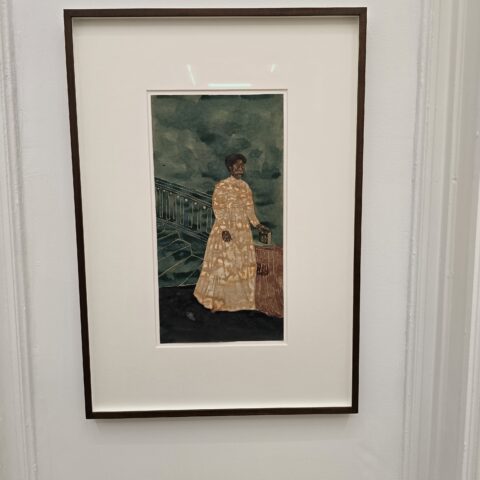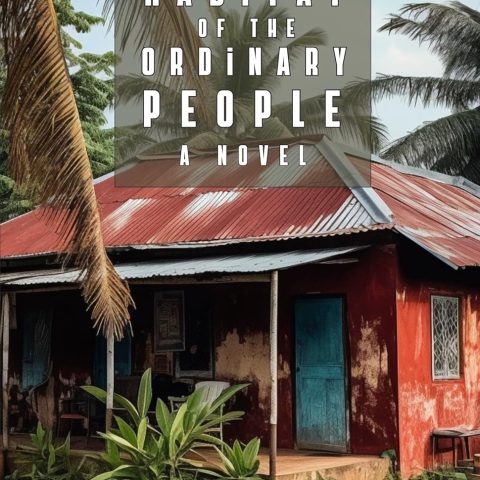Sweet Hand for True!
By Franka Philip
One of the most precious compliments you can give a cook – especially one from Trinidad – is that they have a ‘sweet hand’.When somebody has a ‘sweet hand’, it means everything they cook is yummy.
Of course, this makes them all the more desirable for marriage because most people dream of having a partner who could dish up tasty meals almost on command.
Several weeks ago, I was trawling the Inter-web for some new cookbooks and stumbled across Sweet Hands: Island Cooking from Trinidad and Tobago by Ramin Ganeshram. Instantly seduced by the name, I ordered it.
A bit more research revealed that New York-born Ganeshram is a respected cook and food journalist who has Trinidadian roots. Her father Krisnaram grew up in Central Trinidad and his father John was one of the first indentured labourers to come from India.
This book is as authentic as they come, with a wonderful range of recipes that reflects the ethnic diversity of our society. In fact, in the introduction Ganeshram says, “The end result of these mixtures is a society that is a true union of people and tradition. One happy consequence is a cuisine that is an organic fusion, without contrivance nor sprung from the mind of a celebrity chef”.
As if to reflect this absence of contrivance in the cuisine, the book’s layout is very simple. It’s like an old time cookbook, non-glossy and devoid of food porn.
I quite like the sepia-toned photos that accompany the recipes. Personally, I felt a sense of nostalgia looking at these photos because they capture scenes from everyday Trinidadian life, like markets, street vendors and iconic food spots. There are some full colour glossy photos in the middle of the book but they are the more common food magazine-type photos.
Sweet Hands has to be one of the most comprehensive and I repeat, authentic Trinbagonian cookbooks. The recipes range from staples like shark and bake, callaloo and corn soup to some dishes that Trinis would consider true ‘home food’.
By virtue of the author’s background, quite a few of the dishes featured in Sweet Hands are East Indian, which is no bad thing. I think the Indian food from Trinidad and Tobago is unique, extremely special and highly underrated.
Delicacies like katchourie (vegetable fritters), baigani (aubergine pakoras), pepper roti (a stuffed roti) and mother-in-law (a type of salsa made with bitter gourd, pepper and carrots) are usually overlooked in favour of the more popular doubles and dhalpourie roti.
What made me smile the most was a short explanation of ‘How To Crack A Coconut’ – something that will be quite helpful to many non-West Indians.
I haven’t tried any of the recipes as yet, but I get the feeling that I could trust Ganeshram, a trained chef whose recipes have appeared in popular magazines like Saveur and Kitchen and Cook. I think I’ll have a go at the Pepper Roti soon.
Pepper Roti
Serves four
For the stuffing1 medium aubergine1 potato, boiled and cooled1 tomato1 carrot, peeled and grated1 handful coriander leaves, chopped1 Scotch Bonnet pepper, deseeded and chopped
For the roti2 cups all-purpose flour1 Tsp baking powderPinch of salt1 cup water1 Tbsp cooking oil
First make the stuffing. 1. Preheat the grill. Place the whole eggplant, potato and tomato under the grill and roast until the vegetables are charred.
2. When the vegetables are cool, peel and put in a food processor with the carrot, coriander and pepper. Grind to a paste and put aside.
Next make the roti.1. Combine the flour, baking powder and salt. 2. Slowly add about ½ to ¾ cup of water until the dough comes together in a soft ball. Knead slowly, adding the oil in a slow, steady stream.
3. Continue kneading until dough is smooth and elastic, about five minutes. Allow the dough to rest for 15 minutes.4. Divide the dough into four equal balls and allow to rest for five more minutes.
5. Heat a heavy bottomed skillet over medium heat. Roll one of the balls into a nine-inch circle and place in the skillet. Flip after five seconds. 6. Continue flipping the roti over until fluffy and browned all over. Spread roti with the pepper paste and remove from the heat. 7. Prepare another roti and place on top of the pepper-pasted roti. Serve hot.
From Sweet Hands: Island Cooking from Trinidad and Tobago
Franka Philip is a journalist with the BBC in London. She blogs as Can Cook Must Cook
For those of you in New York City. Ramin will be teaching cooking classes on Trinidadian food and another on Boutique Rum and Chocolate at the Institute of Culinary Education in April 2007. Check out their online catalog at www.iceculinary.com
Please e-mail comments to comments@thenewblackmagazine.com
�
Send to a friend | �
View/Hide Comments (0) | �





